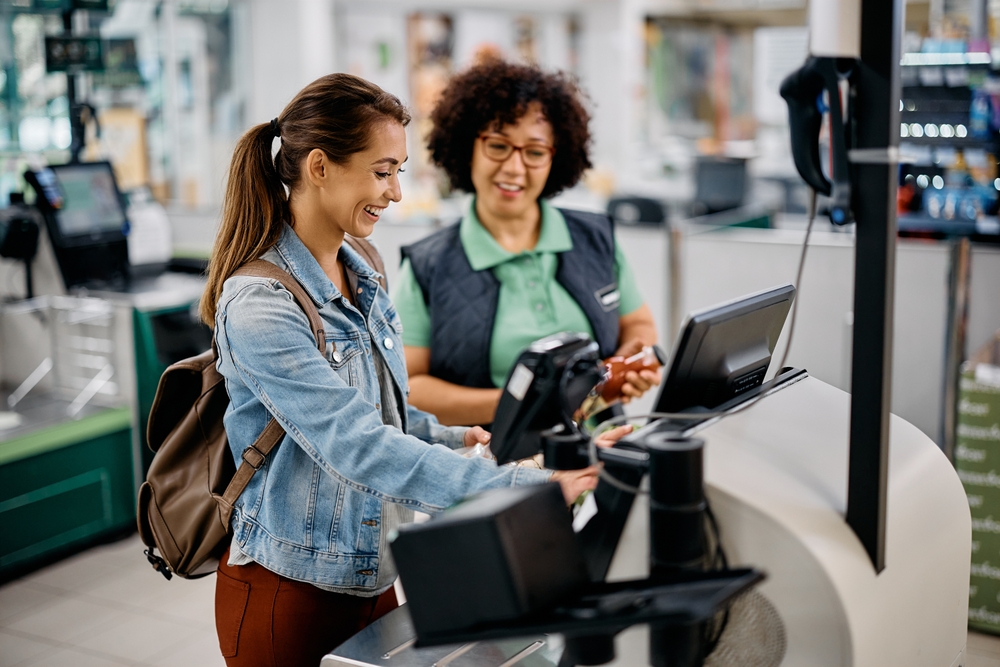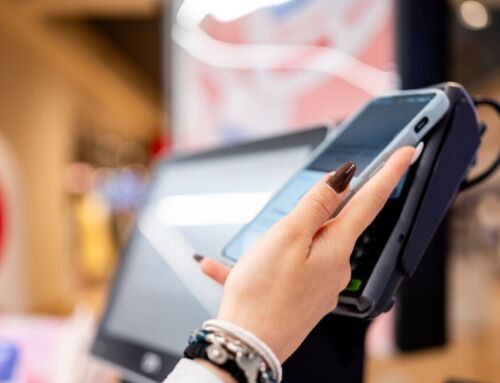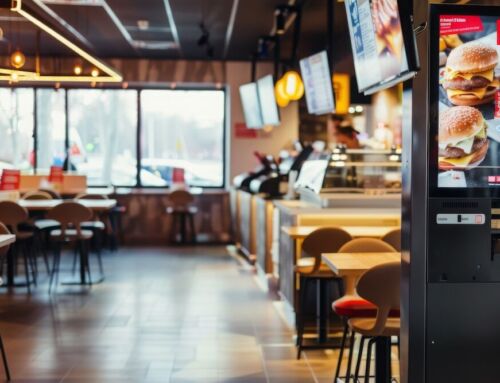In our last blog, we tackled the issue of the high shrink rates being reported at supermarket self-checkout points, as customers supposedly take advantage of ‘weak’ security. Our perspective is that the weakness isn’t something inherent in the technology, but rather in the way it is being deployed, without the kind of checks appropriate to a self-service POS.
It’s an important issue worth an honest debate. But one of the reasons we felt the need to take it up is because of the spate of rather sensationalist news stories that have been appearing in the mainstream media, that seem less concerned with the issues at hand than just taking a swipe at the self-checkout concept.
“The Spectacular Failure of Self-Checkout Technology”, screams the headline in the BBC of all places. Please. As licence fee payers, we’re entitled to expect higher, less tabloid-like standards from the national broadcaster. But the Beeb is far from alone. “Self-Checkout is a Failed Experiment”, opines The Atlantic.
Back in November, news outlets jumped on comments from Marks & Spencer chairman Archie Norman that seemed to lay the blame for a surge in “middle-class shoplifting” at the door of kiosks. Actually, what Norman said was that faulty self-checkouts were to blame. You can’t write off an entire concept because of faulty examples.
Separating the issues from the hysteria
So why the sudden hysteria around self-checkout? First of all, the media loves an easy target, and will always jump on anything that makes a clickbait-friendly headline. Slamming supermarket kiosks must seem like a guaranteed win at the moment because they’re catching flak from two sides – some consumer rights advocates, and supermarket bosses themselves.
On the consumer advocate’s side, figures like Christopher Andrews, a sociology professor from the US, have taken it upon themselves to launch a crusade claiming that self-checkout is all about cutting staffing costs and actually harms the customer experience. As for supermarket bosses, what the media has latched onto is the fact that several big names have started to reduce the number self-service checkouts they have, citing poor security and high costs.
There are some important issues to unpick here. One is that self-checkout points that lack an intuitive interface and glitch as you try to scan every other item do nobody any favours. It makes the checkout process longer, not shorter. That’s when you get queues and frustrated shoppers hitting the assistance button, waiting for the one member of staff attending the self-service area to get around to them.
There is a debate to be had about design and quality in supermarket self-checkouts. The quality question comes back to what Archie Norman said. Why are there ‘faulty’ units at self-checkout at all? Is it an issue of poor quality manufacturing? Or margin-conscious supermarkets not keeping up with robust repair and maintenance regimes? It doesn’t matter what the technology is. If you’re going to reap the benefits of it, it has to be made well, and you have to keep up with the upkeep.
The bigger picture with kiosks
On the topic of design, it’s worth remembering that all of this hoo-ha is about supermarket self-checkout systems. And that, while they may be very visible, these systems represent only a small fraction of the larger kiosk market.
Across the board, kiosks enjoy very high approval ratings from users. No one is writing about how self-ordering kiosks in QSR restaurants are just a big ruse to employ less people at the expense of the customer experience. Two-thirds of fast food customers say they’re more likely to go to a restaurant that has self-service kiosks. It’s a similar story with self-service ticketing machines, information kiosks, self-check-in at airports and hotels, automated security and identity points, and more.
It might be fair to say that, compared to other types of kiosks, supermarket self-checkouts have some catching up to do in terms of usability and how seamless the process is. But they have more to contend with.
Scanning a basket or trolley full of different items is more challenging than, say, picking your order from an on-screen menu. Scanners rely on the quality of the barcodes printed on the packaging by dozens of different suppliers. While the principle of weighing items in the bagging area makes sense as a security measure, it’s a system that can still be improved.
Writing off self-checkout as a ‘failed experiment’ at this stage seems grossly premature. The technology is evolving and improving all the time. There are lessons to be learned from the success of QSR self-service kiosks, automated ticket machines, information kiosks and the rest. Namely, working out how and where the kiosk can help to create the path of least resistance in the user experience, and focusing above all on seamless, friction-free performance.
It might be the case that supermarket self-checkouts need support from other emerging technologies, like more reliable, automated item scanning. That’s on its way with the likes of computer vision AI.
Don’t expect self-checkout to go anywhere. We’re really only at the start of the journey.




